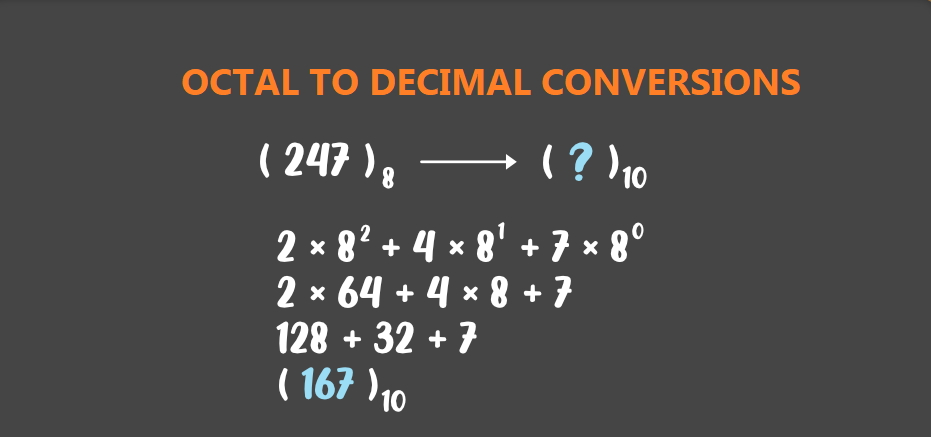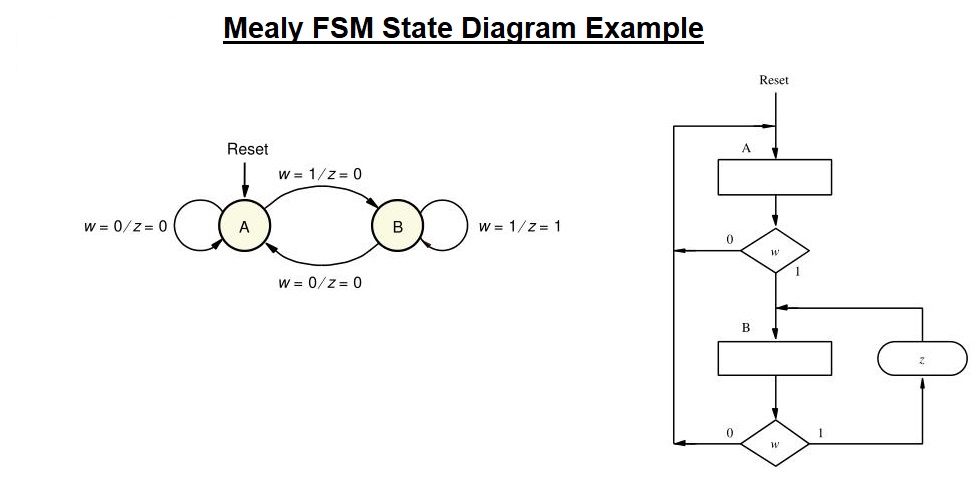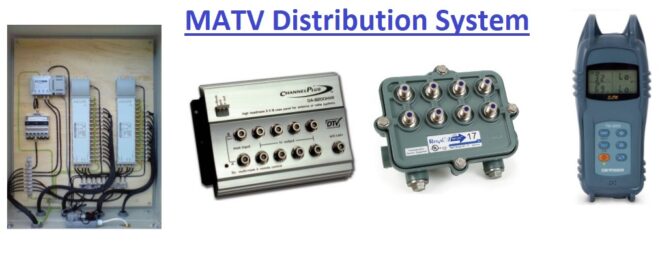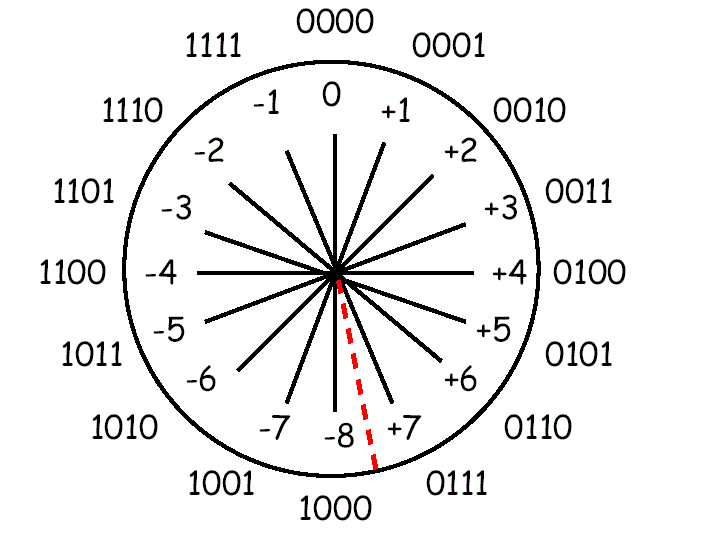All material used at the project site shall be approved prior to the start of IP Telephony system installation works. Materials and documentation relevant to a particular section of works will be checked by the site/project engineer prior to the commencement of
Read More
The Octal Number System is another type of computer and digital base number system. Octal Number System is very similar in principle to the previous hexadecimal numbering system except that in Octal, a binary number is divided up into groups of only
Read More
Below you can find MCQ’s or Multiple Choice Questions related to the Transmission Lines in the field of Communications Engineering. Correct answers are in red & bold font. 1. What determines the velocity factor in transmission line? a) The termination impedance b)
Read More
It is a sequential network which controls a digital system that carries out a step-by-step procedure or algorithm. Algorithmic State Machine is representation of a Finite State Machine suitable for FSMs with a larger number of inputs and outputs compared to FSMs
Read More
This electrical method statement covers the installation, testing and commissioning procedure for the master antenna or MATV Distribution system. All the materials will be as approval from the consultant engineer and installation & routing will be as per the shop drawings approvals
Read More
After reading this article, you shall be able to: Convert between binary and decimal numbers. Convert between decimal and binary fractions. Convert between binary and hexadecimal numbers. Convert between decimal and hexadecimal numbers. Convert between binary and octal numbers. Convert between binary
Read More





